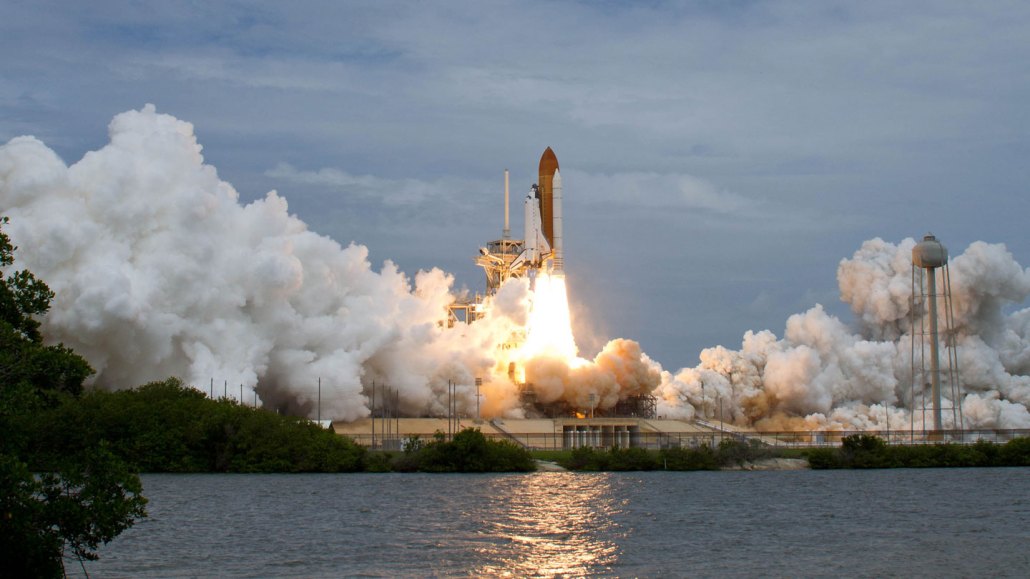50 years ago, NASA’s space shuttle program got the green light
Excerpt from the January 15, 1972 issue of Science News

On July 8, 2011, space shuttle Atlantis rocketed to the International Space Station on the final mission of NASA’s space shuttle program. The U.S. space agency is now working with private companies to get astronauts into outer space.
Bill Ingalls/NASA








